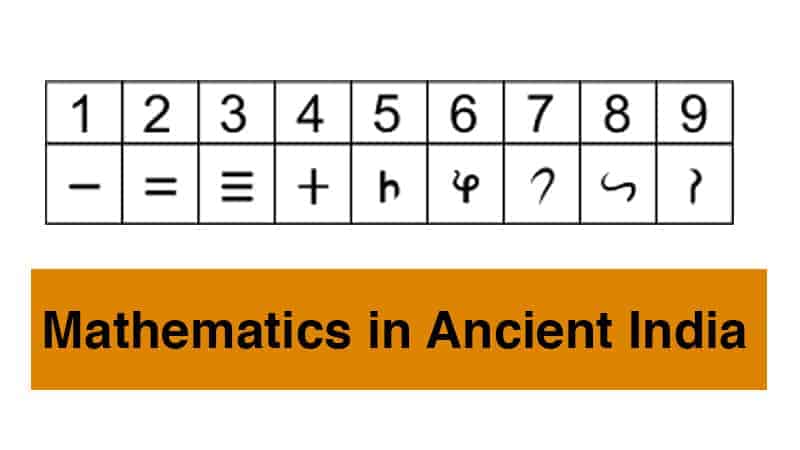It shouldn’t come as a surprise that recently discovered how the first recorded use of the number zero was made as early as in the 3rd or the 4th century in India. The ancient Indian mathematician appeared in the Indian subcontinent starting from 1200 BC till the end of the 18th century and had done amazing work in the field of mathematics and science.
Mathematicians in the Classical Period:
The classical period between (400 AD to 1200 AD) was the period when Indian mathematicians made some important contributions to mathematics in ancient India. Aryabhata, Bhaskara II, and Brahmagupta were some scholars who made some seminal contributions in the field of trigonometry, negative numbers, arithmetic numbers, etc.
All these concepts and solutions were spread in the Middle East, following China and Europe, and it was taken over for further developments which are now known as the foundations in many areas of mathematics.
So, now let’s see the most important contributions that were made in mathematics in ancient India and they changed the whole look of mathematics.
The concept of Zero
If we see in the details then zero itself as a number has a history. In the Bakhshali manuscript which is known as the placeholder a tool for differencing 100 from ten. While the arrival of the concept of zero in mathematics in ancient India permitted numbers to be written more efficiently and reliably. In India, this placeholder worked to become a number with all its rights.
Zero became a very significant step in the way to the introduction of mathematics in ancient India.
Ancient Indian Mathematician Contribution to Number System
The second big contribution of mathematics in ancient India was the introduction of the ‘number system’. If we go back to 1200 BC mathematical knowledge was being written as a large part of the knowledge which was known as the ‘Vedas’. All these texts contained information about expressing combinations of the power of tens and it is also very fair to believe that this representation of the power of tens played a very important role in the development of the decimal place-value system which was introduced in India itself.
Some examples of how the power of tens worked: 365 would have been expressed as three hundred (3×10²), or five units (5×10⁰), or 7 tens (7×10¹) and like this each power of ten was presented as a name rather than a set of symbols.
It is also known that from the 3rd century BC, we also have written about the evidence of the ‘Brahmi Numbers’. The Indian or the Hindu-Arabic number system is used by most of the world today.
The Rules for Negative Numbers
Brahmagupta had started to work on the topic of rules of negative numbers in mathematics in ancient India. He started by referring to negative numbers as debts, and positive numbers as fortunes. In our school time, we all learned that “if you subtract a number which is negative, then it is the same as adding a number which is positive”.
Brahmagupta also discussed how “the product of a debt as well as a fortune is a debt” which means if a positive number is multiplied by a negative number is negative. In a large part, a lot of mathematicians of Europe took negative numbers as meaningful and on the other hand, some took it as absurd. They explained that numbers were developed for counting and what would you count with negative numbers.
Basis for Calculus
Gottfried Wilhelm Leibniz was the first European mathematician who systematically used negative numbers and zeroes and introduced the development of Calculus in the late 17th century. Calculus which now we know as a calculator was used to measure rates of change and now is important in every field of science.
But even before Leibniz Bhaskara, the Indian mathematician introduced a lot of ideas on Calculus more than 500 years before. Bhaskara also contributed to the fields of Algebra, trigonometry, arithmetic, and geometry.
The Quadratic Equations Solutions
The last and most important contribution to mathematics in ancient India was by Brahmasputha Siddhanta he formalized the first-ever written evidence about the rules for working with zero. In his strongly influencing texts, he mentioned the work of Brahmagupta who introduced rules for solving quadratic equations.
Conclusion
These were all the major important contributions that were made by ancient Indian mathematicians. They have made a mark in the world and everyone in the world is now using their contribution in math and it has helped a lot in every field of numbers.
And, this was all for this article. I hope this was helpful to all of you. Thank you!




